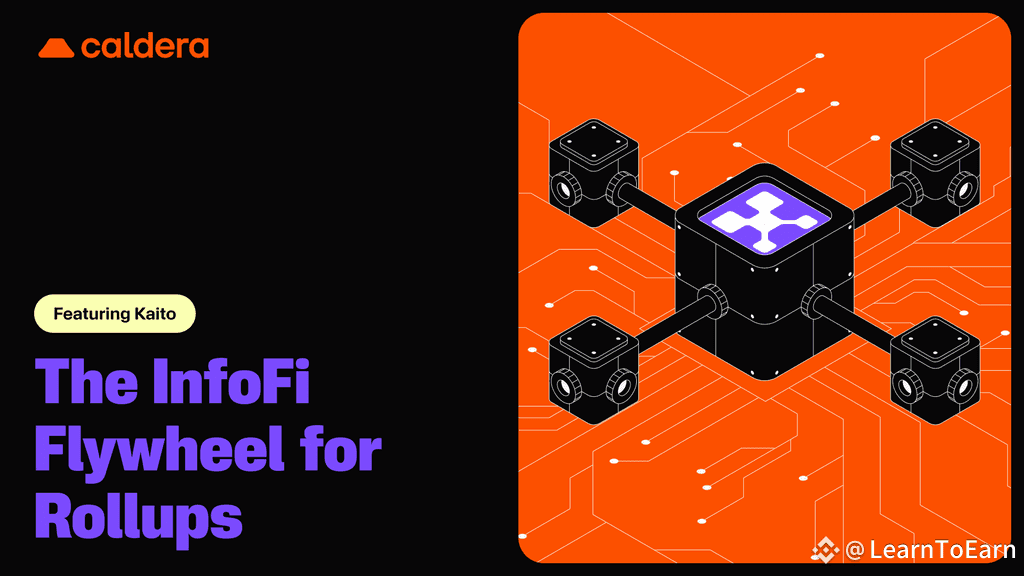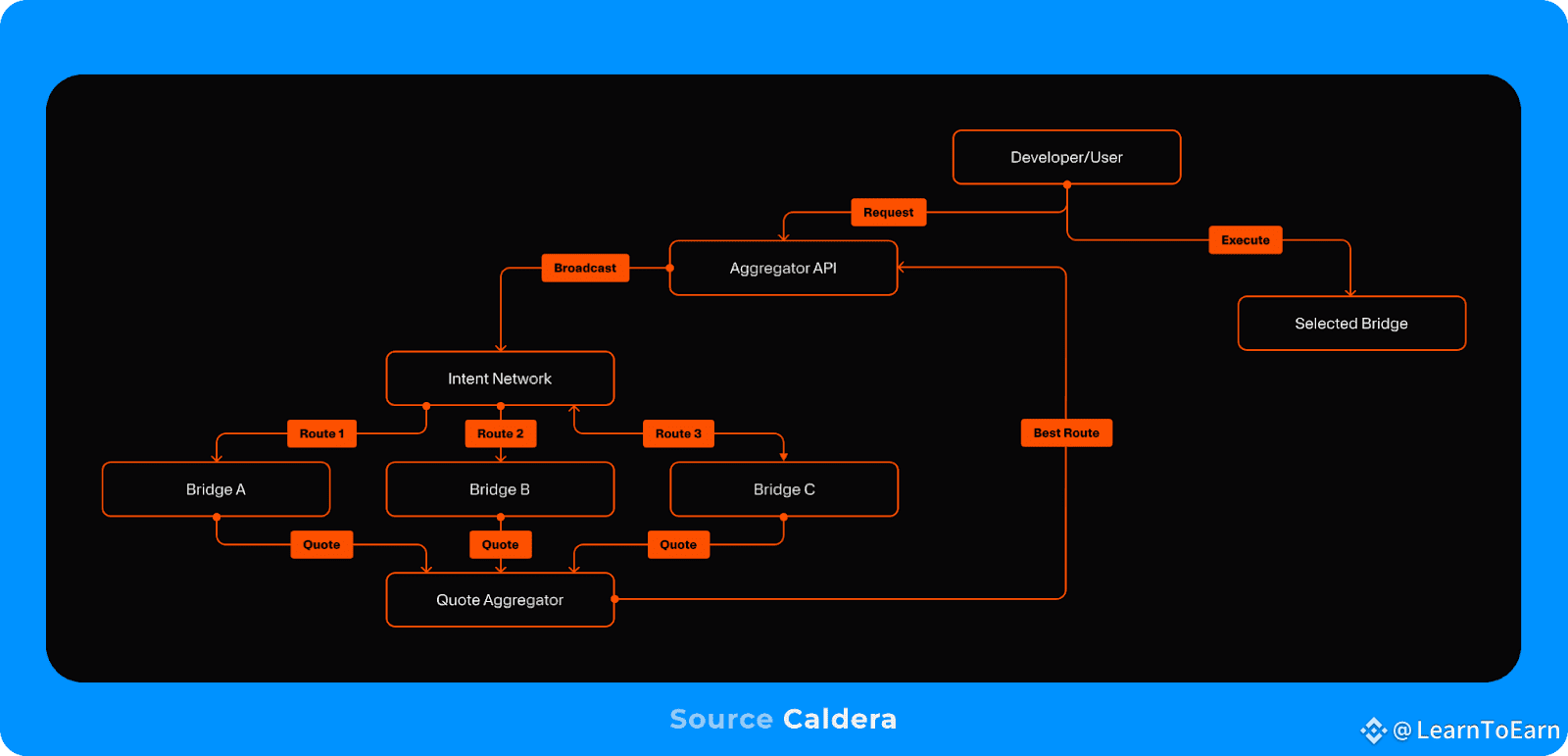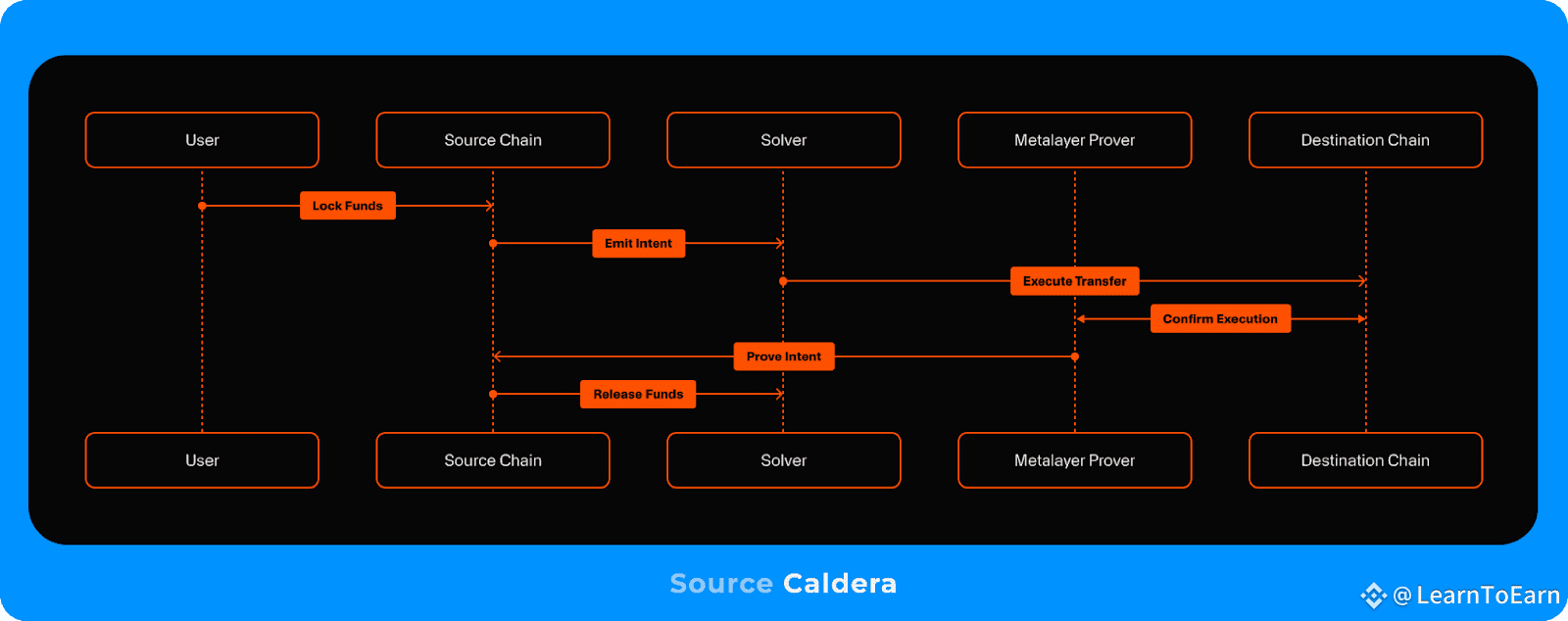Crypto fans, buckle up! The blockchain landscape just got a major upgrade with Caldera (ERA), the project turning heads across Binance, Coinbase, and other top exchanges. On July 17, 2025, Caldera’s ERA token blasted off with an incredible 85–121% surge on its debut—grabbing the attention of traders, developers, and crypto enthusiasts worldwide. But what makes Caldera so special? Let’s break down this cutting-edge platform, its ERA token, and why it’s becoming a game-changer in the crypto space.
What Is Caldera?

Imagine creating your own blockchain as easily as building a website. That’s the power of Caldera. It’s a rollup-as-a-service (RaaS) platform that lets developers spin up customized Layer-2 blockchains (rollups) on Ethereum or BNB Chain. These rollups solve the age-old crypto problems: high gas fees, slow transactions, and fragmented ecosystems.
Caldera isn’t just about one blockchain—it’s designing the “Internet of Rollups”, connecting multiple chains so assets, data, and apps can move freely. Think of it as building a seamless highway system for blockchain activity.
How Caldera Works
1. Rollup Engine: The core of Caldera. Developers can deploy Optimistic rollups (fast and cheap) or Zero-Knowledge (ZK) rollups (highly secure and private) in minutes. The engine includes sequencer nodes, data indexers, and block explorers. Partnering with Celestia for data storage reduces costs by offloading Ethereum’s pricey data layer.
2. Metalayer: This is Caldera’s interoperability hub. Using the Intents Engine and Message Passing Protocol (via Hyperlane), the Metalayer connects all rollups—allowing assets and data to flow smoothly across chains.
As of July 2025, Caldera supports 50+ rollups, $400–600 million in TVL, and 360 million transactions across 27 million wallets. Big names like ApeChain, Kinto, Sanko, and Manta are onboard, while partnerships with Relay, Eco, and Across highlight Caldera’s expanding network.
ERA Token: The Lifeblood of Caldera

ERA isn’t just a token to trade—it powers the Caldera ecosystem.
Cross-Chain Gas: Pay fees across all Caldera rollups, reducing costs and speeding transactions.
Governance: Holders vote on upgrades, funding, and council decisions. The Caldera Foundation plans to gradually hand governance to the community.
Staking: Secure the network and earn rewards, with future plans to support smaller rollups.
Incentives: Provide liquidity and rewards to new rollups, helping projects launch faster.
ERA Tokenomics
Total Supply: 1 billion ERA
Initial Circulating Supply: 148.5 million (14.85%) at launch
Token Type: ERC-20 on Ethereum & BEP-20 on BNB Chain
Airdrops & Allocation:
70 million ERA to early users, testnet testers, and contributors
20 million ERA to BNB holders in Simple Earn or On-Chain Yields (July 1–5, 2025)
20 million ERA reserved for marketing campaigns
Investors: Sequoia, Dragonfly, Founders Fund hold 32.075% from $24M+ in funding rounds
Retail vs. Institutional: 8.35% to retail, 3% to liquidity providers & market makers
Vesting schedules ensure sustainable growth, preventing sudden market oversupply.
Caldera’s Binance Debut

Binance fully backed Caldera, listing ERA with pairs like ERA/USDT, ERA/USDC, ERA/BNB, ERA/FDUSD, and ERA/TRY—without charging listing fees.
Binance HODLer Airdrop
BNB holders in Simple Earn or On-Chain Yields between July 1–5, 2025, received 20 million ERA, capped at 4% per wallet. Tokens landed in Spot Accounts ahead of trading. Binance Alpha also offered 150 ERA claims via Alpha Points in two phases.
Market Impact
ERA launched across Binance, Coinbase, and Upbit on July 17, 2025. Prices spiked 85–121%, peaking at $1.88 with a market cap of ~$278M, then settling between $1.50–$1.70. The token was available across Earn, Buy Crypto, Convert, Margin, and Futures platforms. Labels like “Seed” (Binance) and “Experimental” (Coinbase) highlight ERA’s early-stage, high-volatility nature.
Why Caldera Matters
Caldera isn’t just hype—it’s solving real blockchain challenges:
1. RaaS Pioneer: Simplifies rollup deployment for speed, privacy, and cost efficiency.
2. Metalayer Interoperability: Connects fragmented Layer-2 solutions, unlocking cross-chain DeFi, gaming, and enterprise potential.
3. Real Adoption: Powers 25% of Ethereum’s rollups, 100+ chains, 30 mainnets, $400M TVL, 27.6M wallets.
4. Strong Team & Backers: 25-member team from Uniswap, Google, Apple; supported by Sequoia, Dragonfly, Founders Fund; acquired Hook NFT options protocol.
5. Developer-Friendly: One-click Rollup Engine simplifies DeFi, SocialFi, gaming, and enterprise app creation.
Caldera Roadmap: Past & Future
Achievements:
Launched March 2022, raised funding through pre-seed to Series A
Mainnet rollout May 2023, Celestia DA integration Sept 2023
Arbitrum Orbit & ZK Stack support
30 mainnet chains by Q4 2024
Metalayer & Catalyst launch Q2 2025
Next Steps:
Decentralized sequencers for security
More ZK integrations
Enterprise rollups for AI & SocialFi
Onboard additional Web3 apps & DeFi protocols
Analysts predict ERA could reach $2.50–$4.00 by late 2025 and potentially $10–$20 by 2030 with widespread rollup adoption.
Risks to Watch
Volatility: Early-stage project with potential price swings
Token Unlocks: Gradual vesting may affect supply-demand dynamics
Regulatory Uncertainty: Crypto rules may shift suddenly
Competition: Layer-2 rivals like LayerZero and Wormhole
Binance advises against trading ERA on DEXs pre-listing to avoid scams. Always research before trading.
Final Thoughts
Caldera (ERA) is reshaping the blockchain ecosystem. Its rollup-as-a-service platform and Metalayer interoperability address core Web3 pain points, while a strategic Binance debut and strong adoption signal a promising future. Whether you’re building the next DeFi app or investing in scalable blockchain tech, Caldera is a project to watch—but remember, crypto comes with its ups and downs.
ERA isn’t just a token—it’s a vision for a faster, cheaper, and more connected blockchain world.@Caldera Official #caldera $ERA


